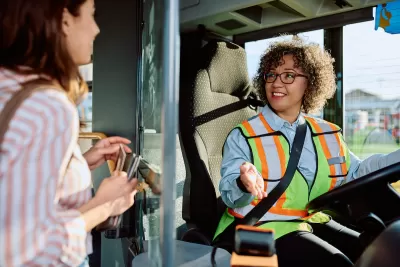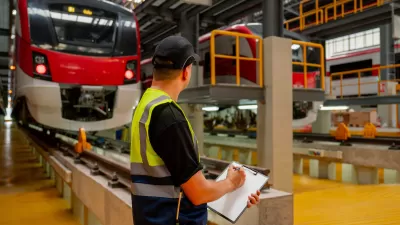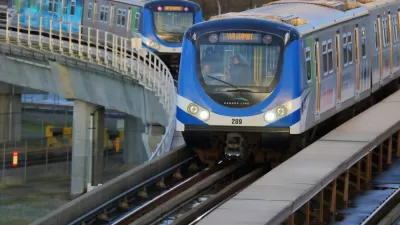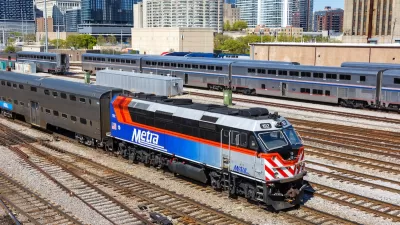The proposal could make it even harder for short-staffed agencies to attract and hire new employees.

Additional security vetting for prospective public transit employees proposed by the Transportation Security Agency is intended to improve security in sensitive positions, reports Molly Weisner in Federal Times.
“TSA said this program will mimic others that have put employees through similar vetting procedures over the years, like screenings given to maritime employees and longshoremen. It also said that today it can take advantage of technology and capabilities for vetting that have matured since the early 2000s, with new electronic processes that are faster and more accurate.”
However, “some municipal transportation authorities said they’re concerned about this program deterring much-needed job applicants with just more hoops to jump through and created added financial constraints.” The program would also charge applicants for the cost of the additional checks.
“Another aspect of the proposed change would include continuous monitoring of an employee’s file by running the collected data against watchlists each time they are updated,” Weisner adds.
FULL STORY: TSA proposes additional background checks of US public transit workers

Manufactured Crisis: Losing the Nation’s Largest Source of Unsubsidized Affordable Housing
Manufactured housing communities have long been an affordable housing option for millions of people living in the U.S., but that affordability is disappearing rapidly. How did we get here?

Americans May Be Stuck — But Why?
Americans are moving a lot less than they once did, and that is a problem. While Yoni Applebaum, in his highly-publicized article Stuck, gets the reasons badly wrong, it's still important to ask: why are we moving so much less than before?

Using Old Oil and Gas Wells for Green Energy Storage
Penn State researchers have found that repurposing abandoned oil and gas wells for geothermal-assisted compressed-air energy storage can boost efficiency, reduce environmental risks, and support clean energy and job transitions.

Greening Oakland’s School Grounds
With help from community partners like the Trust for Public Land, Oakland Unified School District is turning barren, asphalt-covered schoolyards into vibrant, green spaces that support outdoor learning, play, and student well-being.

California Governor Suspends CEQA Reviews for Utilities in Fire Areas
Utility restoration efforts in areas affected by the January wildfires in Los Angeles will be exempt from environmental regulations to speed up the rebuilding of essential infrastructure.

Native American Communities Prepare to Lead on Environmental Stewardship
In the face of federal threats to public lands and conservation efforts, indigenous groups continue to model nature-centered conservation efforts.
Urban Design for Planners 1: Software Tools
This six-course series explores essential urban design concepts using open source software and equips planners with the tools they need to participate fully in the urban design process.
Planning for Universal Design
Learn the tools for implementing Universal Design in planning regulations.
Heyer Gruel & Associates PA
City of Moreno Valley
Institute for Housing and Urban Development Studies (IHS)
City of Grandview
Harvard GSD Executive Education
Salt Lake City
NYU Wagner Graduate School of Public Service
City of Cambridge, Maryland





























